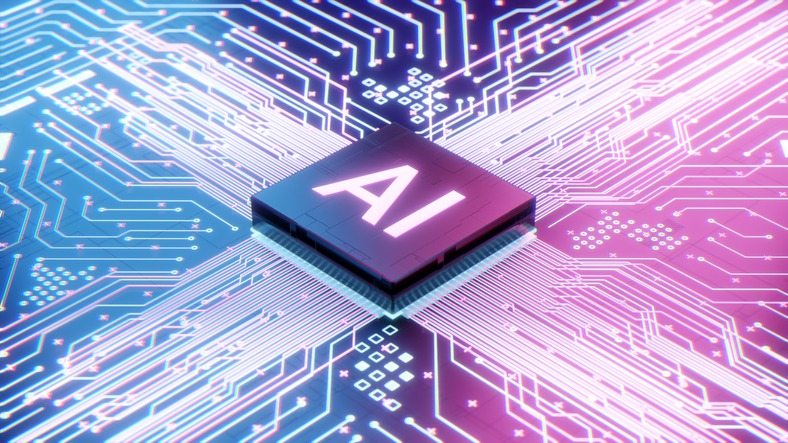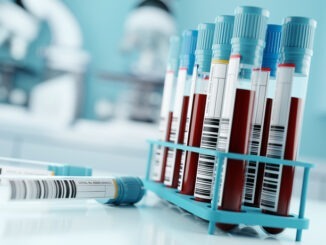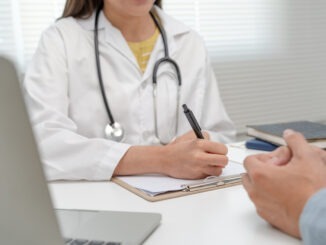
As reported by The Times, artificial intelligence has been shown to halve the workload of radiologists and detect more cancers than clinicians alone, in what experts say is an exciting foretaste of how such tools will help to relieve pressure on the NHS
A study involving more than 80,000 women in Sweden has shown that AI working in concert with clinicians can be used safely to analyse mammography in one of the most robust investigations yet into its use in spotting cancers.
It reveals AI’s potential for making screening more accurate and efficient, although researchers said they would need to follow up the women involved to prove that actual health outcomes were improved.
There are about 56,800 new cases of breast cancer each year, making it the most common cancer in Britain. It causes 11,300 deaths a year.
Huge treatment advances mean the chance of dying from the disease has fallen by two thirds since the Nineties, with 95% of women diagnosed early surviving for at least five years.
Part of this improvement in survival chances has come from the expansion of the NHS breast screening programmes, which include all women aged 50 to 70. Two million women a year attend NHS breast screening.
The NHS Long Term Workforce Plan, published a month ago, assumes that AI will take on an increasing role in improving productivity, its use in diagnostics “freeing up staff time and improving the efficiency of services”.
Steve Barclay, the health secretary, said the findings were a further example of how AI could help bring down waiting times. “These encouraging results again demonstrate the potential artificial intelligence has, if safely deployed, to transform healthcare. That’s why I recently pledged £21 million of funding to back the swift rollout of AI across the NHS,” he said. “We’re already seeing the significant benefits of AI in action across the NHS, delivering quicker diagnosis and treatment.
The study, published in the journal Lancet Oncology, builds on previous research by showing how this might practically work.
In the past decade, studies have found that computers can match or exceed human abilities in interpreting medical images. So impressive have the results been that some have predicted that the field will be entirely automated. The AI pioneer Geoffrey Hinton said in 2016 that radiologists “are like Wile E Coyote in the cartoon; you’re already over the edge of the cliff, but you haven’t looked down”.
Until now, though, most studies have looked at historical data, seeing how computers interpreted scans whose outcome was already known. This is not enough to use them in the clinic, according to Kristina Lang, of Lund University, who led the latest research. “In radiology we’ve been very optimistic on the use of AI, especially in screening,” she said. But retrospective studies were “only an approximation of what it would actually be in a real-life setting”.
Breast cancer is the most common cancer in Britain with about 56,800 new cases and 11,300 deaths a year
Her work applies the technology in the real world. And, rather than replacing humans entirely, as Hinton suggested, the researchers were more cautious.
Ideally, in care today, two radiologists look at an image. In Lang’s trial, the women going for a breast scan were assigned to one of two groups. One group had two radiologists as standard. The other had one human with an AI assistant. In this group, the AI gave the image a risk score from 1 (lowest risk) to 10. Then, another radiologist looked at it. Only if the score was 10 was a second radiologist called. The crucial finding was that there were no signs that the approach was unsafe. With the AI-supported screening they found six cancers per 1,000 women. With the standard care, they found five. This implied they were not missing cancers. Nor, subsequent investigation showed, were they detecting more false positives.
Over the next two years, the women will be followed. A key question is whether those extra cancers seen by AI will turn out to be significant, or if they actually represent an overdiagnosis of harmless cancers. Lang and her colleagues will also look at whether fewer women develop “interval cancers” in the AI group — cancers that are spotted between screenings, some of which might have been missed.
Dr Julie Sharp, of Cancer Research UK, called for more research and said: “The initial findings from this study are promising, and highlight the potential benefits of using AI within a national breast cancer screening programme.”
Stephen Duffy, professor of cancer screening at Queen Mary University of London, said: “The results illustrate the potential for artificial intelligence to reduce the burden on radiologists’ time.”
Lang said we were a long way from replacing humans. “Who’ll be responsible for the AI if it misses a cancer? Should it be the AI company, or the healthcare system? We also need people to feel safe. A more pragmatic approach is that a radiologist is involved.”



Be the first to comment